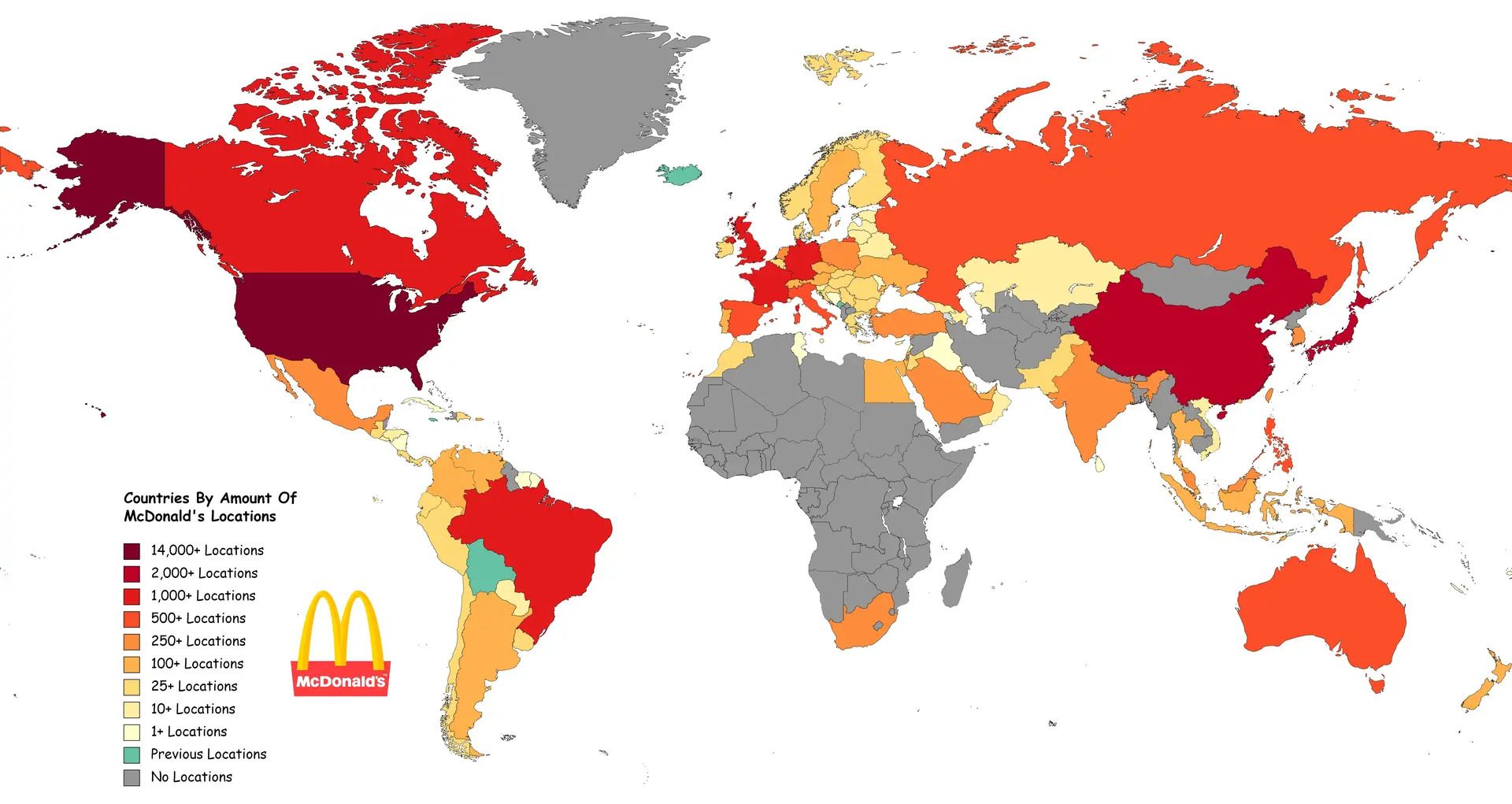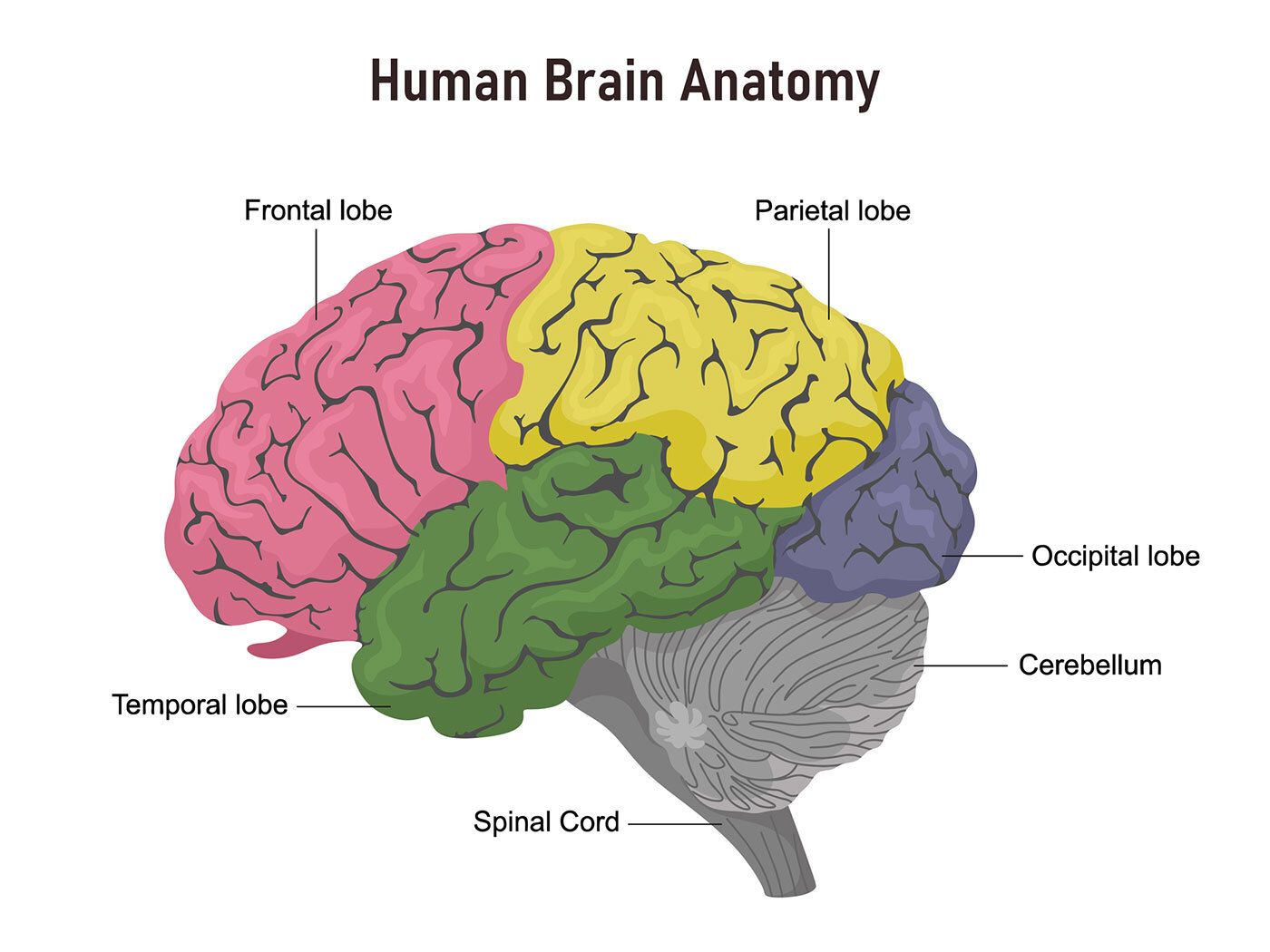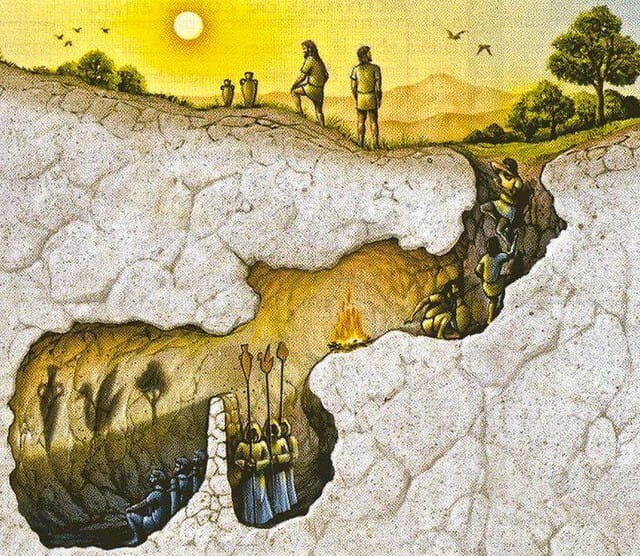How McDonald’s redefined scale, the science behind stereotypes, and Plato’s lesson in seeing truth.
🍟 How McDonald’s Redefined Scale
In 1940, brothers Richard and Maurice McDonald opened a tiny drive-in restaurant in San Bernardino, California. Their genius was simplicity: a menu of just three items: burgers, fries, and milkshakes delivered through the “Speedee Service System,” a kitchen run like a Henry Ford assembly line. It was efficiency turned into an art form.
Then came Ray Kroc, a 52 year old milkshake-machine salesman who walked into their kitchen in 1954 and saw not a restaurant, but a replicable system. He persuaded the brothers to let him franchise it across the U.S. and by 1961 he bought them out for $2.7 million. According to later accounts, Kroc promised them a handshake royalty of 0.5% of future sales, a clause never written into the contract. Had it been honored, their families would have earned hundreds of millions of dollars a year today.
To keep control, Kroc created a separate company to own the land beneath every McDonald’s. Leasing it back to franchises made McDonald’s as much a real-estate empire as a restaurant chain. Consistency was its religion. A burger in Tokyo had to taste like one in Toledo, and that uniformity became the most powerful brand promise in the world.
Today McDonald’s serves nearly 70 million people a day, owns over $40 billion in real estate, and has shaped everything from global supply chains to marketing psychology. Sociologists even coined a term for it: “McDonaldization” the spread of efficiency, predictability, and control into every corner of modern life.

Countries by amount of McDonald’s Locations
🧩 The Science Behind Stereotypes
We stereotype because our brains are wired for speed, not accuracy. The human mind processes about 11 million bits of information per second, but we can consciously handle only about 40. To survive that overload, the brain relies on mental shortcuts and automatic judgments that help us predict the world before it overwhelms us.
Psychologists call this heuristic thinking. When we meet someone new, our brain instantly scans its archive for past experiences, cultural cues, media images and builds a prediction. In milliseconds, we’ve drawn conclusions that feel instinctive but are really statistical guesses. It’s efficient, but it blurs individuality.
Once a stereotype forms, confirmation bias locks it in. We register details that support what we already believe and filter out anything that doesn’t. A 2012 Princeton study found that the brain literally activates different neural regions when viewing people we’ve stereotyped as if it’s processing categories, not individuals.
Awareness isn’t a cure, but it’s a crack in the system. The moment you notice the shortcut, that instant assumption, is the moment you reclaim control from your brain’s autopilot. That’s where thinking ends, and understanding begins.

Parts of the brain
🌄 Plato’s Lesson in Seeing Truth
Over 2,000 years ago, Plato offered one of philosophy’s most important metaphors, the Allegory of the Cave. In his story, prisoners chained inside a dark cave are forced to face a wall where shadows flicker from a fire behind them. To them, the shadows are reality. When one prisoner breaks free and steps outside, the sunlight blinds him, but as his eyes adjust, he finally sees the true world: vivid, complex, alive. When he returns to tell the others, they reject him. They prefer the shadows they understand to the truth they don’t.
It’s a story about perception and power. Plato wasn’t describing a literal cave; he was describing us. The shadows are the illusions we mistake for truth (social norms, propaganda, algorithms). The cave is the comfort of certainty. The sunlight represents philosophical awakening, the difficult process of questioning what everyone else accepts. Plato warns truth doesn’t just require discovery, it demands courage.
We live in an age of digital shadows, curated feeds, viral headlines, realities filtered through invisible hands as powerful as any ancient ruler. The real challenge isn't escaping the cave. It's learning to see clearly once you do, having the nerve to trust your own eyes, and accepting that most people will choose to stay behind.

Plato’s Cave
McDonald's mastered efficiency at scale. Our brains shortcut complexity into stereotypes. And Plato reminded us that most people choose comfortable illusions over challenging truths. All three reveal the same pattern: we're built for speed and familiarity, not accuracy or growth. Real wisdom begins when we notice the difference.
You can also listen to this edition through the link at the top of the email. We hope you enjoyed reading and gained a little wisdom. We appreciate you all, please share this with others to help us continue growing. Until next time — The A Little Wiser Team
🕮 Three lessons. Three times a week. Three minutes at a time.
💌 Enjoyed this edition? Share it with someone curious.
